Did you know that green eggplant is not only delicious but also a powerhouse of nutrition? This vibrant vegetable, also known as aubergine, is a staple in many cuisines around the world. From its rich color to its versatile flavor, green eggplant offers a unique culinary experience that can be enjoyed by vegans, vegetarians, and omnivores alike.
What sets green eggplant apart from its purple counterparts is its subtle sweetness and tender texture. With its numerous health benefits and wide range of cooking possibilities, this organic produce is a favorite among those seeking healthy vegetables and sustainable farming practices.
So, whether you’re a seasoned chef looking for new farm-to-table ingredients or someone on a plant-based diet wanting to explore vegan cooking, let’s dive into the world of green eggplant and discover its incredible flavors.
Key Takeaways:
- Green eggplant is a nutritious and versatile ingredient that adds fresh flavors to a variety of dishes.
- It is a healthy vegetable choice, perfect for those following a plant-based diet.
- Green eggplant is a product of sustainable farming practices, making it an environmentally friendly choice.
- There are numerous delicious and nutritious recipes that feature green eggplant as the star ingredient.
- Exploring the world of green eggplant is a great way to enhance your culinary skills and expand your palate.
What Does Eggplant Taste Like?
Eggplant, also known as aubergine, is known for its distinctive taste and texture. It has a mild flavor with a subtly sweet undertone, making it a versatile ingredient in various cuisines. When cooked properly, eggplant develops a rich, earthy taste that is both satisfying and delicious.
However, if undercooked, eggplant can take on a bitter bite that may not be appealing to everyone. It is important to ensure that eggplant is cooked thoroughly to avoid any bitterness and achieve its full flavor potential.
The taste of eggplant can be compared to other vegetables such as zucchini and yellow squash. It shares similarities in terms of flavor profile, offering a pleasant and mild experience for the taste buds.
One of the unique characteristics of eggplant is its spongey texture. The flesh of the eggplant has small air pockets that give it a soft, almost spongelike quality. This texture allows eggplant to absorb the flavors of the ingredients it is cooked with, making it an excellent vehicle for seasonings, sauces, and marinades.
“Eggplant has a mild, subtly sweet flavor that pairs well with bolder seasonings and sauces. Its spongey texture allows it to absorb the flavors of the ingredients it is cooked with.”
Overall, eggplant offers a culinary experience that combines a mild flavor with a satisfying texture. Whether it is grilled, roasted, or sautéed, eggplant has the ability to enhance the taste of a dish and add depth to the overall flavor profile.
Popular Types of Eggplant
When it comes to eggplants, there are several popular types that you may come across in the grocery store or at your local farmers market. Each type has its own unique characteristics and flavor profiles, making them versatile ingredients for a variety of dishes.
Globe Eggplant
The most common type of eggplant is the globe eggplant. As the name suggests, it is large and spherical in shape, resembling a globe. Globe eggplants have a deep purple color with a thick skin that protects the tender flesh inside. They are perfect for roasting or grilling, as their meaty texture holds up well when cooked.
Italian Eggplant
Italian eggplants are smaller versions of the globe eggplant. They have a thinner skin and fewer seeds, making them easier to cook and consume. Italian eggplants are often used in traditional Italian dishes such as Eggplant Parmesan or Caponata.
Chinese Eggplant
Chinese eggplants are long and slender, with a vibrant purple color. They have a milder flavor compared to other types of eggplant and a tender texture. Chinese eggplants are commonly used in Asian-inspired dishes such as stir-fries or braised dishes.
Thai Eggplant
Thai eggplants are usually smaller and rounder compared to other varieties. They are typically green in color and have a firm texture when cooked. Thai eggplants are a staple in Thai cuisine and are often used in curries and stir-fries.
Fairy Tale Eggplant
Fairy tale eggplants are smaller and more elongated compared to other types. They have a unique purple and white striped skin that adds a whimsical touch to any dish. Fairy tale eggplants are tender and have a mild flavor, making them perfect for roasting, grilling, or sautéing.
With such a wide variety of eggplants available, you can explore different flavors and textures in your cooking. Whether you prefer the hearty globe eggplant, the delicate Italian eggplant, the mild Chinese eggplant, the firm Thai eggplant, or the whimsical fairy tale eggplant, each type offers its own culinary experience.
How to Cook Eggplant
When it comes to cooking eggplant, there are several methods you can choose from. Whether you prefer grilling, roasting, or frying, each technique brings out unique flavors and textures in this versatile vegetable. Here are some popular cooking methods for eggplant:
Grilling
Grilling eggplant is a great way to infuse it with smoky flavors while maintaining its natural texture. Simply brush the eggplant slices with olive oil, sprinkle with salt and pepper, and grill them over medium-high heat for a few minutes on each side until they develop irresistible grill marks. Grilled eggplant pairs perfectly with fresh herbs and tangy dressings.
Roasting
The roasting method brings out the natural sweetness of eggplant and gives it a rich, melt-in-your-mouth texture. To roast eggplant, slice it into rounds or cubes, toss with olive oil, and season with herbs and spices. Spread the seasoned eggplant in a single layer on a baking sheet and roast in a preheated oven at 400°F for about 20-25 minutes, or until tender and golden brown. Roasted eggplant is a fantastic addition to salads, pasta dishes, and sandwiches.
Frying
Fried eggplant is a classic preparation that results in crispy, golden-brown slices. To fry eggplant, start by slicing it into thick rounds or long strips. Dip the slices in a beaten egg mixture, then coat them in breadcrumbs or flour seasoned with herbs and spices. Heat vegetable oil in a skillet over medium heat and fry the eggplant slices until they turn golden brown on both sides. Place the fried eggplant on a paper towel to absorb excess oil. Fried eggplant is often served as a side dish or used in sandwiches and wraps.
While cooking eggplant, it is common for the vegetable to release liquid, a process known as weeping. To minimize this, sprinkle salt on the eggplant slices and let them sit for at least 20 minutes before cooking. This helps draw out excess water, resulting in a firmer texture and preventing the eggplant from becoming too greasy.
With these cooking methods, you can explore the different flavors and textures that eggplant has to offer. Whether you’re grilling, roasting, or frying, eggplant can be a delicious addition to your favorite dishes.
Eggplant Recipes
When it comes to delicious eggplant dishes, the possibilities are endless. From hearty Italian classics to vibrant Middle Eastern flavors, eggplant takes center stage in popular recipes that are sure to satisfy your taste buds. Let me introduce you to some of the most beloved eggplant dishes:
- Eggplant Parmesan: This classic Italian favorite features breaded and fried eggplant slices layered with melty mozzarella cheese and tangy marinara sauce. It’s a comfort food delight that will leave you wanting more.
- Ratatouille: A delightful stew made with a medley of eggplant, zucchini, and tomato. Bursting with flavors and vibrant colors, this French-inspired dish is a must-try for any vegetable lover.
- Baba Ganoush: A Middle Eastern dip that combines smoky roasted eggplant with creamy tahini, garlic, and lemon juice. Perfect for dipping with pita bread or fresh veggies, baba ganoush is a crowd-pleasing appetizer.
- Eggplant Dip: A versatile dip that can be served warm or cold, eggplant dip is made by pureeing roasted eggplant with garlic, olive oil, and lemon juice. It’s a flavorful and healthy option for parties or snacking.
These are just a few examples of the mouthwatering dishes you can create with eggplant. Whether you’re a fan of classic Italian flavors or crave the exotic spices of the Middle East, there’s an eggplant recipe to suit your taste.
Explore the diverse world of eggplant cuisine and bring the flavors of these popular eggplant dishes to your own kitchen. Try out these recipes and unleash your culinary creativity with this versatile and nutritious vegetable.
| Dish | Ingredients | Preparation |
|---|---|---|
| Eggplant Parmesan | Breaded eggplant slices, mozzarella cheese, marinara sauce | Fry the breaded eggplant slices, layer them with cheese and sauce, bake until golden and bubbly |
| Ratatouille | Eggplant, zucchini, tomato, onion, garlic, herbs | Sauté the vegetables, simmer with herbs and spices until tender and flavors meld together |
| Baba Ganoush | Roasted eggplant, tahini, garlic, lemon juice, olive oil | Blend all the ingredients until smooth, adjust seasoning to taste |
| Eggplant Dip | Roasted eggplant, garlic, olive oil, lemon juice | Puree the roasted eggplant with other ingredients, chill and serve |
Where to Buy Eggplant
During the eggplant season, which typically runs from May to August, you can find this versatile fruit in most grocery stores. However, for a wider variety of options, it’s worth exploring local produce markets, farmers markets, and Asian food stores.
These places often offer a selection of eggplants with shiny skin, free from any wrinkles or blemishes. The vibrant and smooth appearance is a good indication of freshness and quality.
When you’re at the market or store, take a moment to appreciate the range of eggplant varieties available. From the traditional globe eggplant to Italian, Chinese, Thai, and fairy tale varieties, each offers its own unique flavor and texture.
Remember, buying eggplant with shiny skin and no imperfections ensures that you are getting a fresh and high-quality product to bring into your kitchen.
| Eggplant Variety | Description |
|---|---|
| Globe Eggplant | The most common variety, large, dark purple, and thick-skinned. |
| Italian Eggplant | Smaller version of globe eggplant with thinner skin and fewer seeds. |
| Chinese Eggplant | Long and thin with few seeds, commonly used in Asian cuisines. |
| Thai Eggplant | Usually green with a firm texture, commonly found in Thai dishes. |
| Fairy Tale Eggplant | Smaller and tender with a purple and white striped skin. |
Local produce markets, farmers markets, and Asian food stores often offer a wider variety of eggplant options. Their selection allows you to explore different flavors, textures, and culinary traditions, making your eggplant dishes truly exceptional.
How to Store Eggplant
When it comes to storing eggplant, it’s important to consider its high water content and relatively short shelf life. To keep your eggplant fresh for longer, follow these simple storage guidelines:
Refrigerator Storage
It is best to store eggplant in the crisper drawer of your refrigerator. The cool temperature helps to maintain its freshness and prevent premature spoilage. Make sure to keep the eggplant separate from other produce to avoid any potential cross-contamination.
Short Shelf Life
Due to its high water content, eggplant has a shorter shelf life compared to other fruits and vegetables. Depending on its freshness, eggplant can usually last for about 5 days in the fridge.
Once Cooked
If you have cooked eggplant, it is important to consume it within 3 days when stored in the refrigerator. This ensures that it remains safe to eat and maintains its optimal flavor and texture.
By following these storage guidelines, you can enjoy the flavors and textures of eggplant in your favorite dishes for longer. Whether you’re making eggplant Parmesan, ratatouille, or baba ganoush, properly storing your eggplant will help preserve its freshness and taste.
What Does Eggplant Taste Like?
Eggplant is a versatile ingredient that offers a unique combination of flavors and textures. Its taste is often described as mild, with a subtly sweet flavor that can be enhanced when combined with bolder seasonings and sauces. However, depending on how it is cooked, eggplant can also have a slight bitter bite, especially when undercooked.
The flavors of eggplant are reminiscent of other vegetables like zucchini and yellow squash. It shares a similar mildness and sweetness with these vegetables, making them a great complement to each other in various dishes. Additionally, eggplant has a spongey texture that allows it to absorb the flavors of the ingredients it is cooked with, resulting in a delicious and well-rounded dish.
“The flavors of eggplant are reminiscent of other vegetables like zucchini and yellow squash.”
Whether you’re grilling, roasting, or frying eggplant, its mild flavor and spongey texture make it a versatile ingredient that can be incorporated into a wide range of cuisines and dishes. From Mediterranean delights like eggplant Parmesan to Middle Eastern favorites like baba ganoush, eggplant adds depth and character to every recipe it graces.
How to Bring out the Best in Eggplant
To ensure that you bring out the best flavors in eggplant, it is recommended to properly cook it. Overcooking can result in a mushy texture, while undercooking can lead to a bitter taste. Here are some tips to enhance the taste of eggplant:
- For a milder and sweeter flavor, roast the eggplant until it turns golden and soft.
- If you prefer a smoky taste, grill the eggplant over an open flame until the skin is charred and the flesh becomes tender.
- When frying eggplant, make sure to achieve a crispy exterior while maintaining a soft and tender interior.
- Allow the eggplant to cook thoroughly to draw out any bitterness.
By following these cooking techniques, you can unlock the full potential of eggplant’s taste and create a satisfying culinary experience.
Popular Types of Eggplant
When it comes to eggplants, there are several popular varieties to choose from. Each type of eggplant has its unique characteristics, including size, color, and texture. Let’s explore some of the most well-known types:
Globe Eggplant
The globe eggplant is the most common variety you’ll find in grocery stores. It features a large size, typically dark purple in color, and has a thick skin. This versatile eggplant is perfect for various culinary creations.
Italian Eggplant
Italian eggplants are smaller versions of the globe variety, with thinner skin and fewer seeds. They have a more elongated shape and can be found in various shades of purple. Italian eggplants are often used in Mediterranean and Italian cuisines.
Chinese Eggplant
Chinese eggplants are long and slender, usually ranging from dark purple to light purple or green. They have a delicate flavor and a firm texture. Chinese eggplants are commonly used in Asian stir-fries and sautéed dishes.
Thai Eggplant
Thai eggplants come in various shades of green and have a round or oval shape. They have a slightly bitter taste and a firm texture. Thai eggplants are frequently used in Thai curries and other Southeast Asian dishes.
Fairy Tale Eggplant
Characterized by their smaller and tender size, fairy tale eggplants have a unique purple and white striped skin. They have a sweet flavor and a soft texture, making them a delightful addition to salads, roasts, and braised dishes.
Now that you’re familiar with the popular types of eggplant, you can explore different recipes and enjoy the wonderful flavors they bring to your meals.
How to Cook Eggplant
Eggplant is a versatile vegetable that can be cooked using various methods, such as grilling, roasting, and frying. Each cooking method brings out different flavors and textures, allowing you to experiment with different recipes and create delicious dishes.
To ensure that your cooked eggplant is not greasy, it is best to use high heat cooking methods, such as grilling or roasting. These methods help to reduce excess oil absorption while bringing out the natural flavors of the eggplant. Frying is another popular cooking method for eggplant, resulting in a crispy and flavorful dish.
Before starting the cooking process, it is advisable to draw out excess moisture from the eggplant slices. Sprinkle salt on the eggplant slices and let them sit for at least 20 minutes. This process, known as “weeping,” helps to remove any bitterness and improve the texture of the eggplant.
Below is a table summarizing the different cooking methods for eggplant:
| Cooking Method | Description |
|---|---|
| Grilling | Uses direct heat to cook the eggplant slices, resulting in smoky flavors and grill marks. |
| Roasting | Cooks the eggplant in the oven, enhancing its natural sweetness and creating a soft and creamy texture. |
| Frying | Involves coating the eggplant slices in batter or breadcrumbs and frying them until crispy and golden brown. |
Experiment with these methods and discover your favorite way to cook eggplant. Whether grilled to perfection, roasted to bring out its sweetness, or fried for a satisfying crunch, eggplant can elevate any dish with its unique flavors and textures.
Eggplant Recipes
Looking for delicious and popular eggplant dishes to try? Look no further! These recipes featuring eggplant Parmesan, ratatouille, baba ganoush, and eggplant dip are sure to satisfy your cravings and impress your friends and family.
Eggplant Parmesan
Eggplant Parmesan is a classic Italian dish that combines breaded and fried eggplant slices with layers of gooey mozzarella cheese and tangy marinara sauce. It’s a hearty and satisfying meal that is perfect for special occasions or a cozy night in.
Ratatouille
Ratatouille is a flavorful stew that brings together eggplant, zucchini, tomato, and other seasonal vegetables. This dish originated in the Provence region of France and is known for its vibrant colors and rich flavors. Serve it as a main course or as a side dish, and enjoy the taste of summer in every bite!
Baba Ganoush
Baba ganoush is a Middle Eastern dip made with roasted eggplant, tahini, garlic, lemon juice, and olive oil. It has a creamy texture and a smoky, earthy flavor that pairs perfectly with warm pita bread or fresh vegetables. It’s a great option for parties or as a healthy snack.
Eggplant Dip
“I love making a simple eggplant dip by blending roasted eggplant with Greek yogurt, garlic, lemon juice, and a sprinkle of smoked paprika. It’s creamy, tangy, and packed with flavor!” – Sarah, Home Cook
Another easy and delicious way to enjoy eggplant is by making a flavorful eggplant dip. This dip is creamy, tangy, and can be customized with your favorite herbs and spices. Serve it as an appetizer or as a spread for sandwiches and wraps.
These popular eggplant dishes are just a taste of the many wonderful ways you can incorporate this versatile vegetable into your cooking. Get creative in the kitchen and explore the delicious possibilities of eggplant!
Conclusion
Green eggplant is a versatile ingredient that adds fresh flavors to a variety of dishes. Its mild, subtly sweet flavor and spongey texture make it a perfect canvas for absorbing the flavors of other ingredients. Whether grilled, roasted, or fried, green eggplant can elevate the taste of your meals and bring a healthy twist to your favorite recipes.
By incorporating green eggplant into your meals, you can enjoy the benefits of healthy eating. This versatile ingredient is a great addition to a plant-based diet, offering a nutritious alternative to meat. Its vibrant color and unique taste make it a standout ingredient that can bring a touch of excitement to any dish.
From hearty stews to light salads, green eggplant proves to be a healthy and versatile ingredient that can be enjoyed in various ways. Its presence not only adds a pop of color to your plate but also provides you with essential nutrients. With its farm-to-table freshness, green eggplant is a sustainable choice that supports eco-friendly and responsible farming practices.
So, why not make green eggplant a staple in your kitchen? Explore the many delicious and nutritious recipes that you can create with this versatile ingredient. Whether you’re a seasoned cook or just starting your healthy eating journey, incorporating green eggplant into your meals will add a new dimension of fresh flavors and expand your culinary horizons.

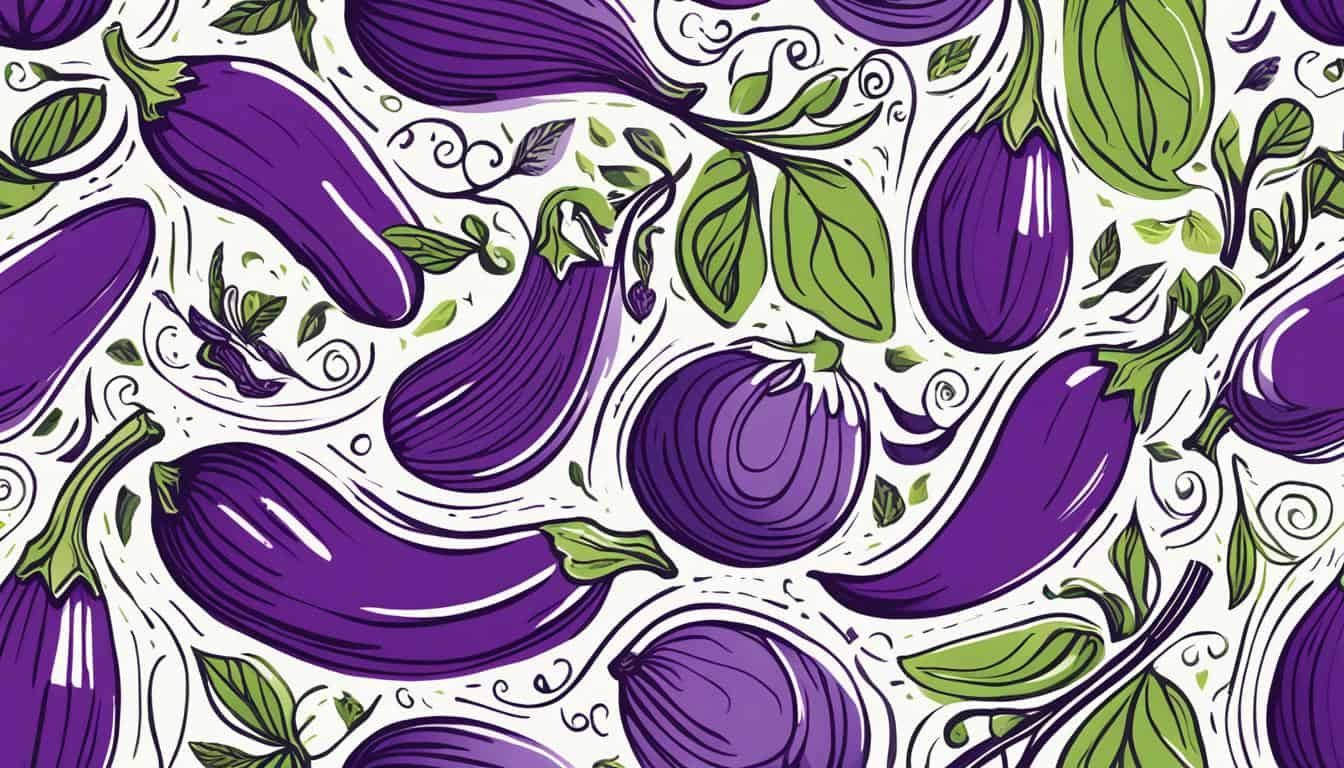
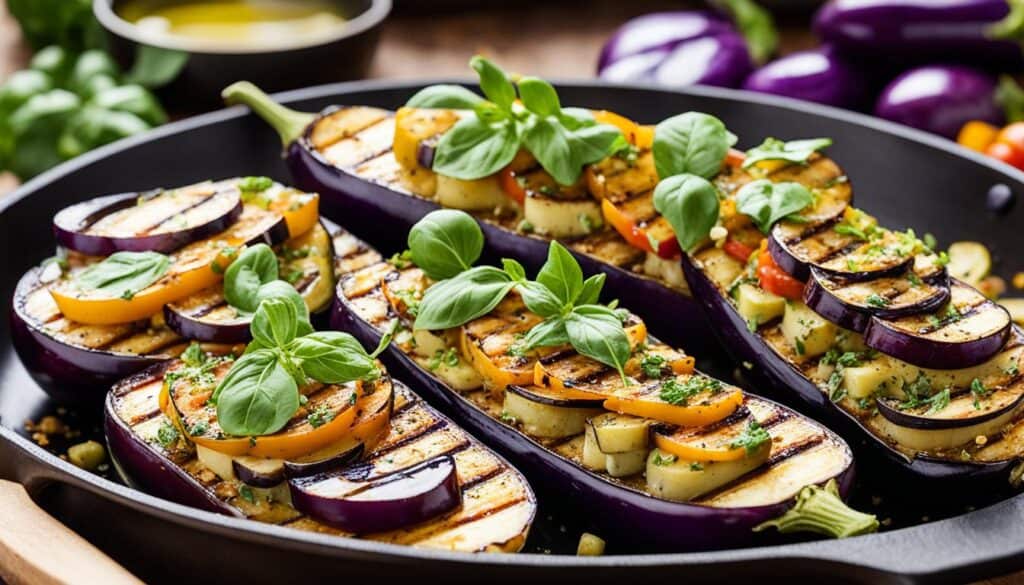


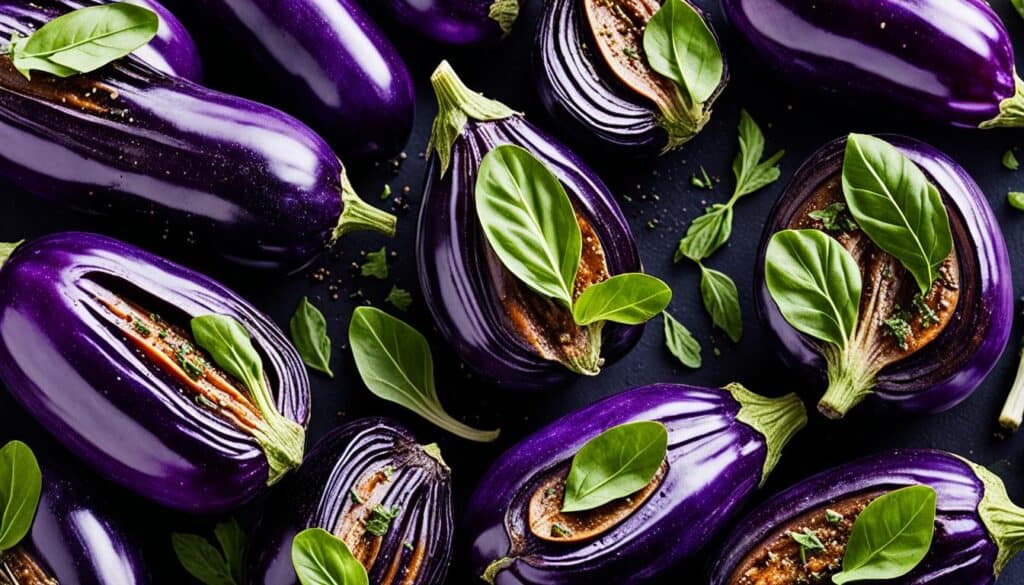
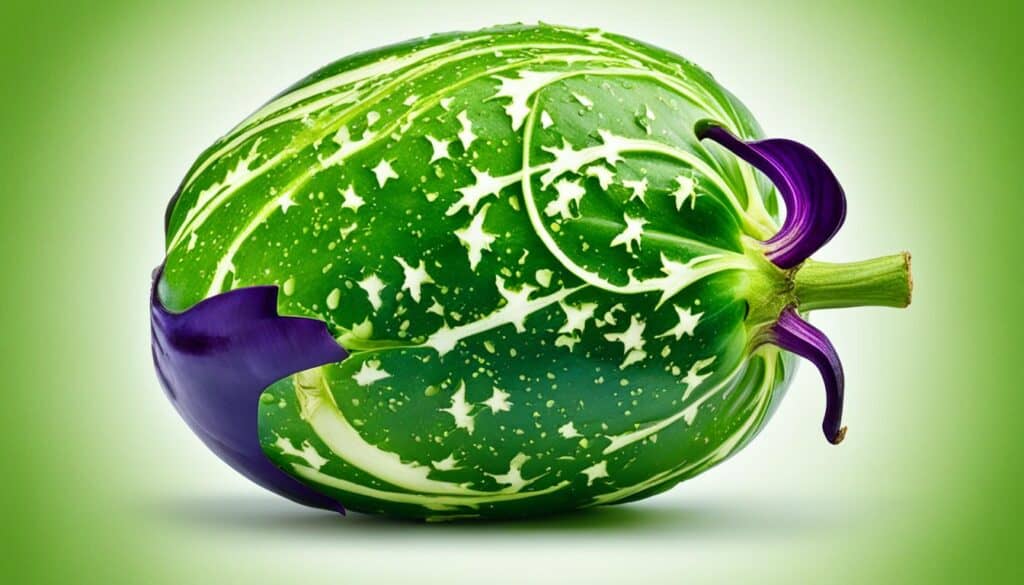

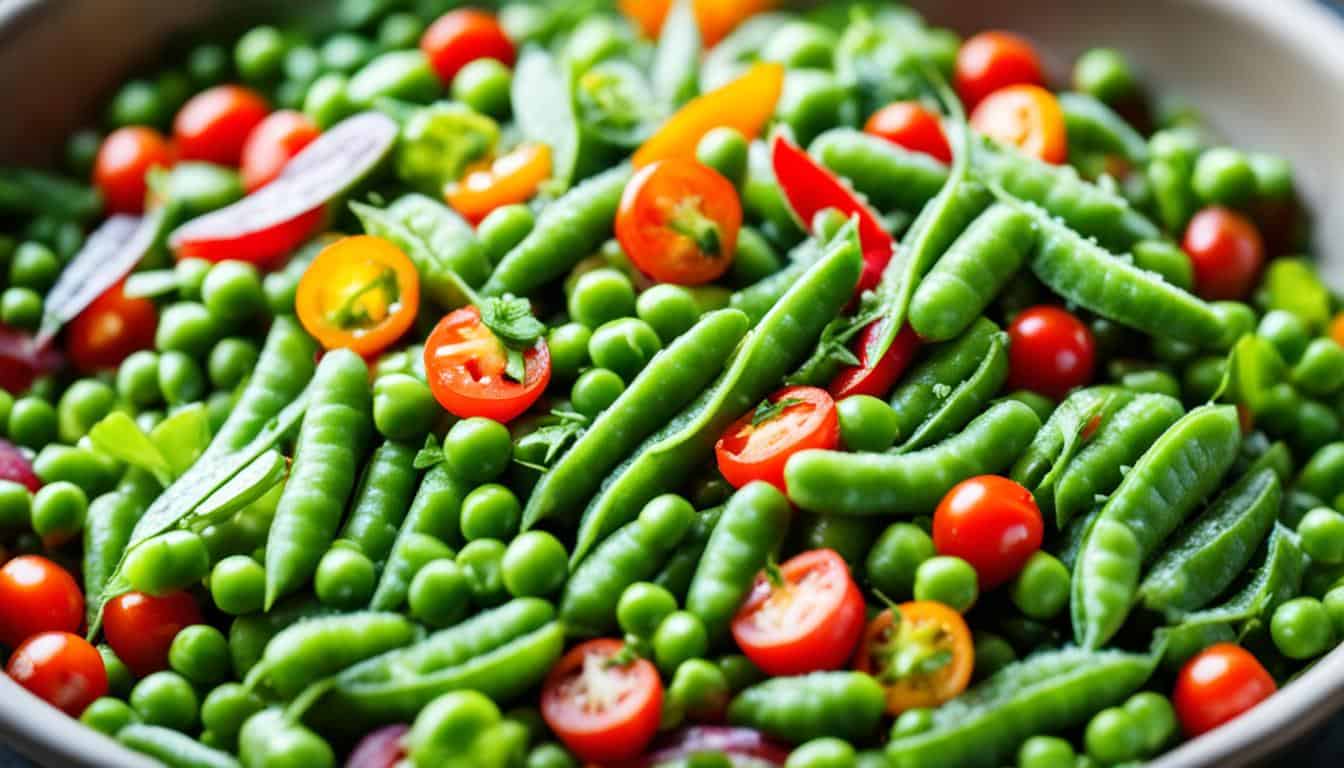
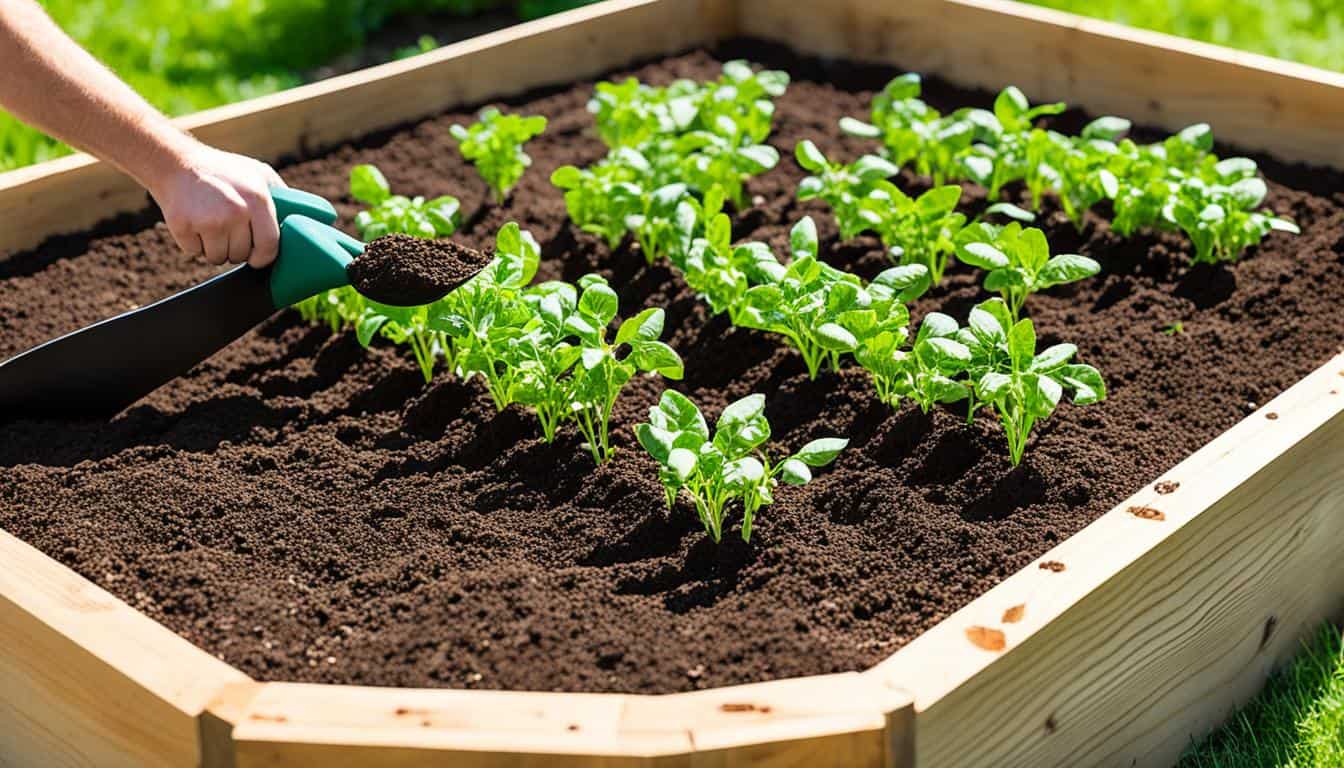
Leave a Reply